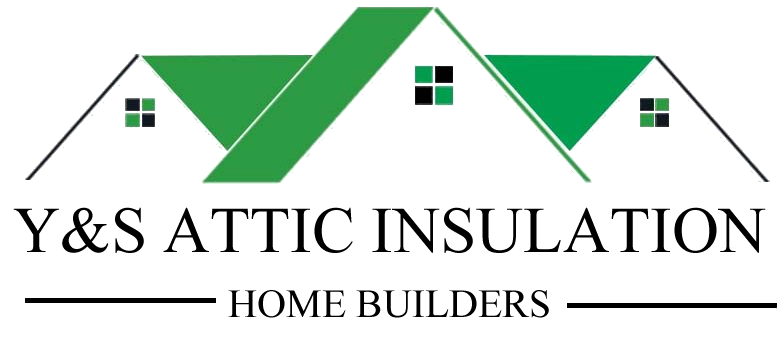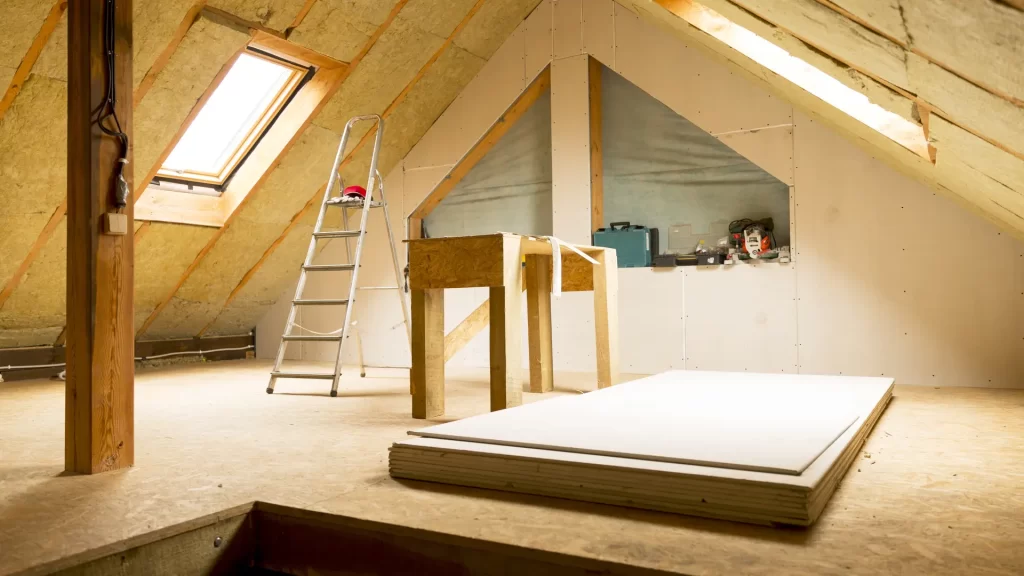Proper attic insulation is essential for maintaining a comfortable and energy-efficient home. With the right insulation, homeowners can save on energy bills, improve indoor air quality, and enhance overall comfort. This guide will explore the benefits, the various types available, and the best practices for installation, providing a comprehensive resource for anyone considering this important home improvement.
Benefits
Offers several significant benefits that make it a worthwhile investment. First and foremost, it helps reduce energy bills by maintaining a stable indoor temperature. In winter, insulation keeps warm air inside, while in summer, it prevents hot air from infiltrating your living spaces. This results in less reliance on heating and cooling systems, leading to lower energy consumption and cost savings.
Types
There are several types of attic insulation, each with its own advantages and applications. Understanding the differences can help homeowners make informed decisions:
- Fiberglass Batt Insulation: This is one of the most common types, known for its affordability and ease of installation.
- Blown-In Insulation: Made of fiberglass or cellulose, blown-in insulation is ideal for filling gaps and covering irregular spaces.
- Spray Foam Insulation: This type offers excellent thermal resistance and air-sealing properties. It expands to fill gaps and cracks, creating a highly effective barrier against air and moisture infiltration.
Choosing an Attic Insulation Company
Selecting the right company is crucial for ensuring quality installation and maximum benefits. Look for companies with extensive experience, positive customer reviews, and proper licensing and insurance. Reputable attic insulation contractors should offer detailed quotes, clear communication, and professional installation services.
Installation Best Practices
Proper installation is key to the effectiveness. Here are some best practices to ensure optimal results:
- Seal Air Leaks: Before installing insulation, seal any gaps or cracks in the attic to prevent air leakage. Additionally, step enhances the overall efficiency of the insulation.
- Install Vapor Barriers: In areas with high humidity, installing a vapor barrier can help prevent moisture buildup and mold growth.
- Ensure Adequate Ventilation: Proper attic ventilation is essential to prevent overheating and moisture problems.
Investing in attic insulation is a smart decision for homeowners looking to enhance their home’s energy efficiency, comfort, and value. Additionally, understanding the benefits, types, and best practices for installation, you can make informed choices and ensure that your attic insulation project is a success.


